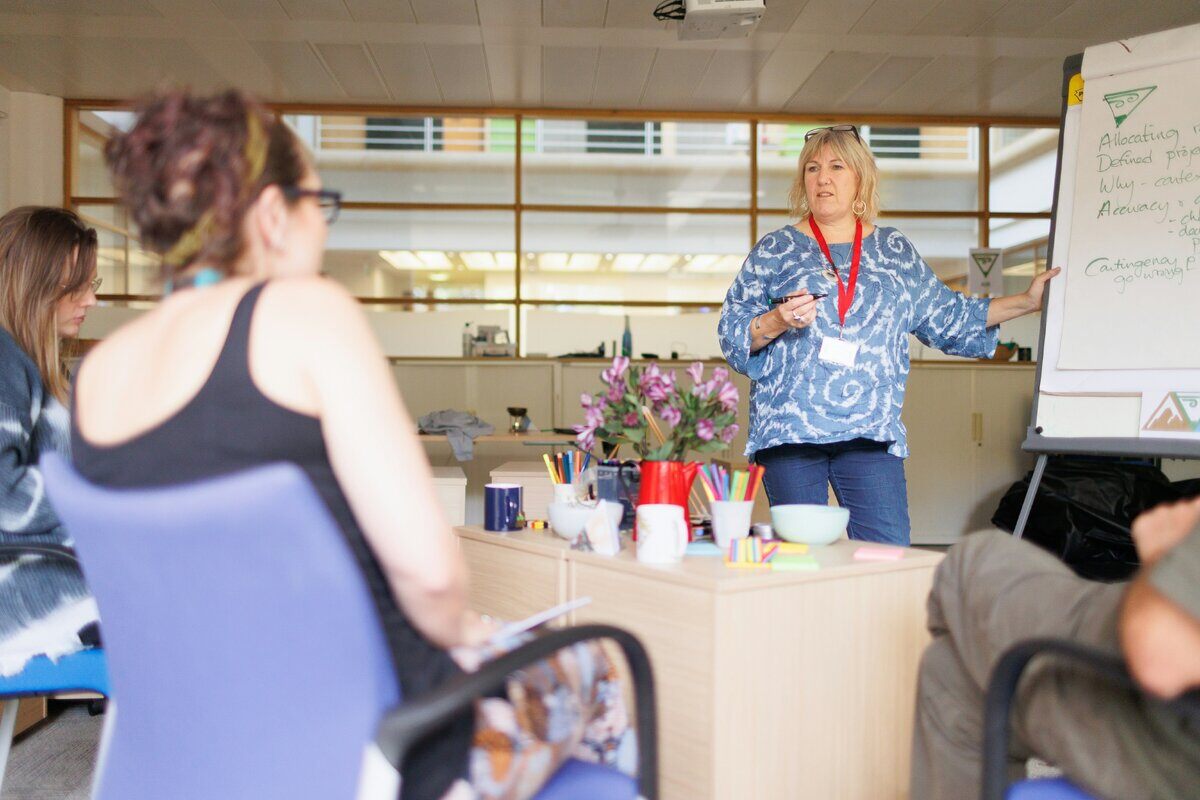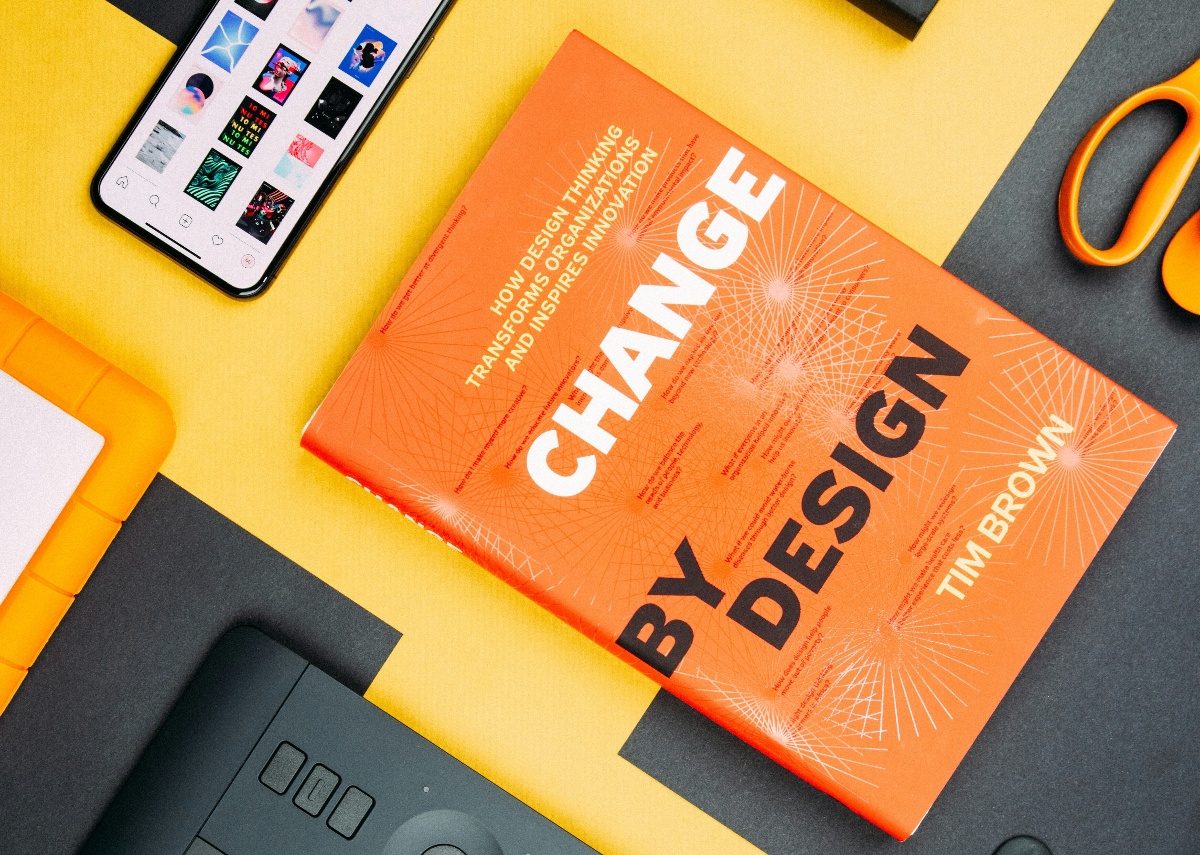
The Design of Transformation
Introduction
Having the opportunity to work with many education and business organizations, I’ve noticed a common challenge many are working to overcome. This challenge is not necessary the use of technology, the achievement or organizational priorities, or even the talent development of people.
The core challenge is innovation.
The issues of technology, talent, and priorities are secondary to the capacity to innovate and realize new learning value.
This story plays out in many organizations today. In this article, I focus specifically on the topic of learning innovation – creating new ways of helping people learn. The implications of this topic span all levels of in educational environments as well as business and industry.
Innovation and Learning Environments
Innovation is not an activity of isolation. In fact, innovation is one of the most connected activities in which people participate.
Innovation and learning go hand in hand. Innovation is inherently a learning activity that is influenced by the environment around us.
For educators and learning professionals, we must think about the environment where this learning happens and understand the design features that influence these interactions.
For example, a learning environment lacking dialogue will lack the opportunities for ideas to be exchanged. In contrast, learning environment that supports feedback accelerates the critical friction needed for innovations to grow and improve.
As educators and leaders, we need to expand our thinking to consider our classrooms (online or physical) and organizations as learning environments that have the opportunity to grow innovation.
It is through innovation that transformation occurs.
The Power of Ideas
How can learning leaders help grow a culture of innovation and change that can lead to transformative learning experiences?
The answer to this question is not easy; however, there are a few key ingredients that need to be present.
- Connected Vision – People need to be able to learn with and from other people. While transformation may have personal implications, the process of getting there is anything but isolated. For someone seeking to encourage learning innovation in their organization, one of the first tasks is to bring people together around a common vision.
- The Visible Future – People are drawn to certainty and what they can easily understand. Visualizing ideas so they are more easily understood and concrete can have transformative effects on teaming, planning, and collaboration.
- Creative Friction – Innovation (and transformation) requires disagreement. In order of ideas to grow, they have to be challenged. This means leading people through a constructive feedback and dialogue process that results in a new, stronger idea.
- Action – Successful innovation moves ideas to action. Ideas only have value if they can be acted on and used to create new value for others. Using tools, like prototypes, that help people move ideas to action help innovations and ideas grow. This not only helps the innovation be used by others, but it is through this process that authentic feedback happens.
Building Capacity for Learning Innovation
The ideas expressed here have tremendous value for educators seeking to help learners realize new opportunities, for manager seeking to help their employees grow, and for leaders seeking to transform their organizations. While these principles can help lead to transformative experiences, this does not happen without building a fundamental capacity for learning innovation.
This requires change.
Learning innovation is creating new ways for helping people learn. This may be through redesigning a course, activity, program, or an entire organizational learning environment. Learning innovation is about creating new value for learning.
How can learning innovation leaders influence this type of transformation and build capacity for change?
The experience of increasing capacity for learning innovation begins with a commitment to learning first.
Committing first to the advancement and innovation of learning experiences provides a solid foundation upon which any other strategy can be built.
Subscribe To Our Blog
Most Popular
Post By Topic
- associations (2)
- blended learning (2)
- CLEA (3)
- community of practice (1)
- Continuous Improvement (1)
- covid (1)
- culture (1)
- customer engagement (1)
- Design Studio Session (7)
- designcast (2)
- E-Learning (2)
- engagement (1)
- equity (1)
- ILED (6)
- ILED Designcasts (4)
- Innovation (4)
- learning design (25)
- learning enviroments (21)
- learning innovation, (4)
- Learning Strategy (7)
- LEM Techniques (3)
- micro-credential (17)
- Powered by LEM (5)
- professional learner (2)
- Show Notes (4)
- Skills Gap (2)
- technology (3)
- Uncategorized (11)
- video (1)
- visualization (10)
- Workshops (1)





